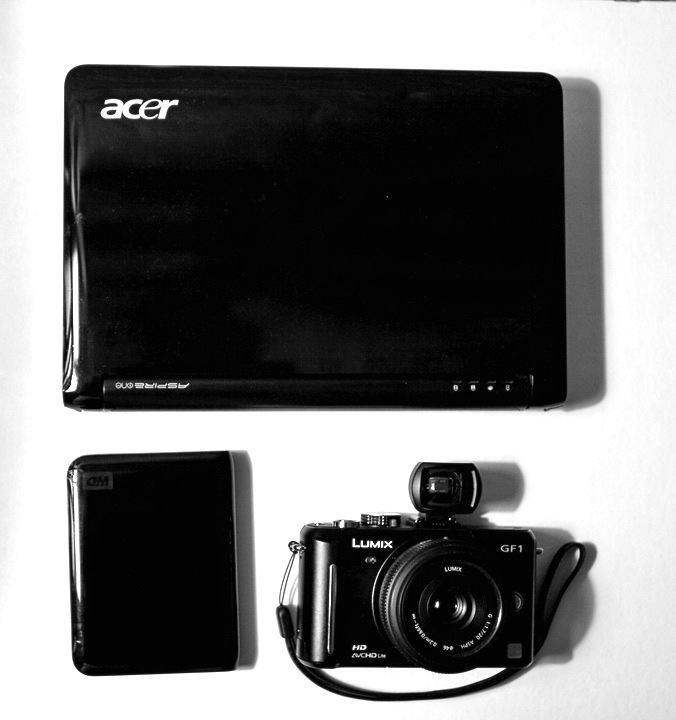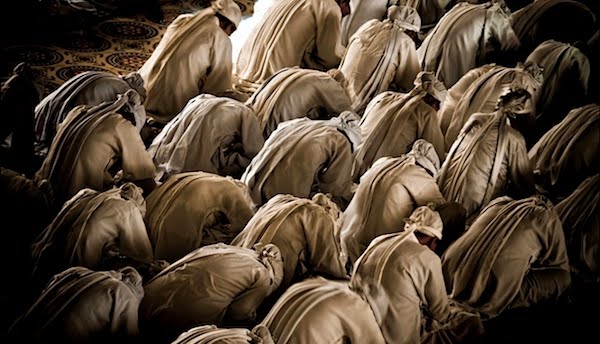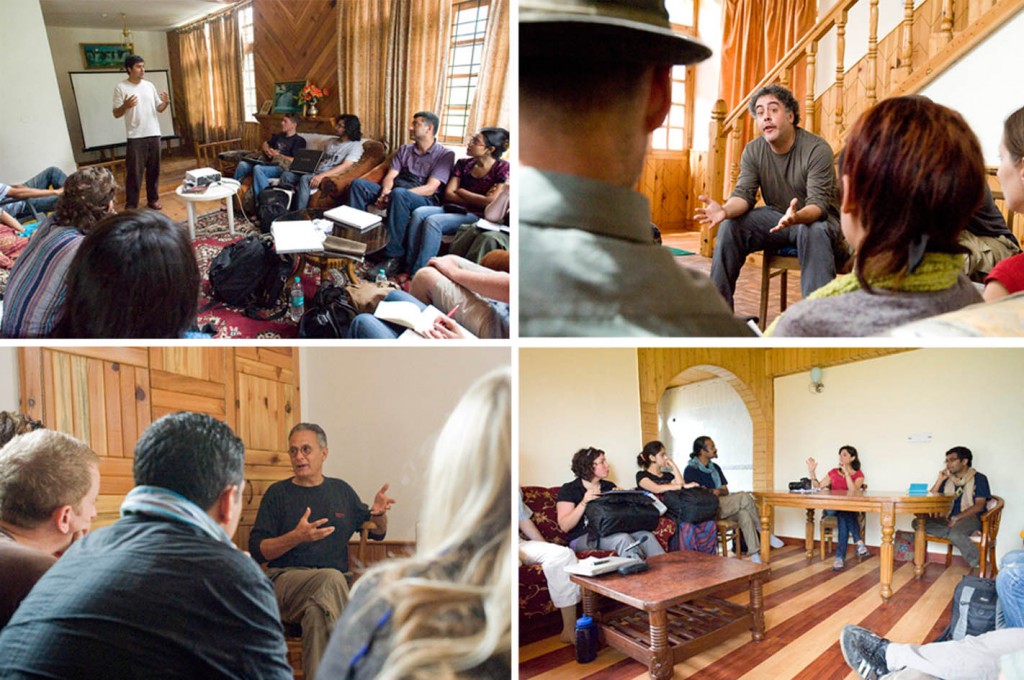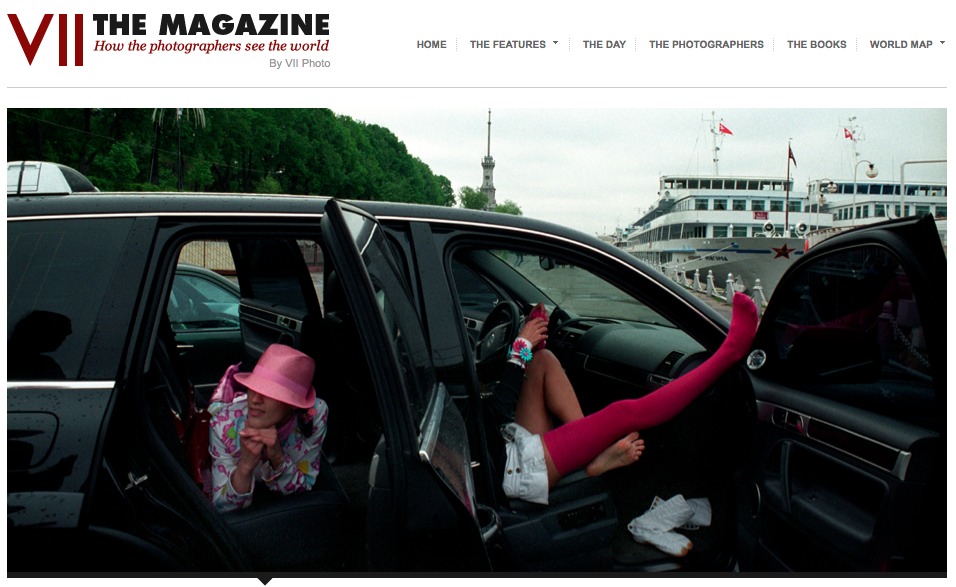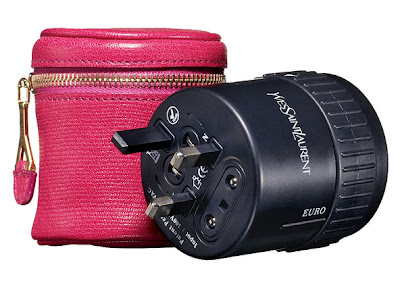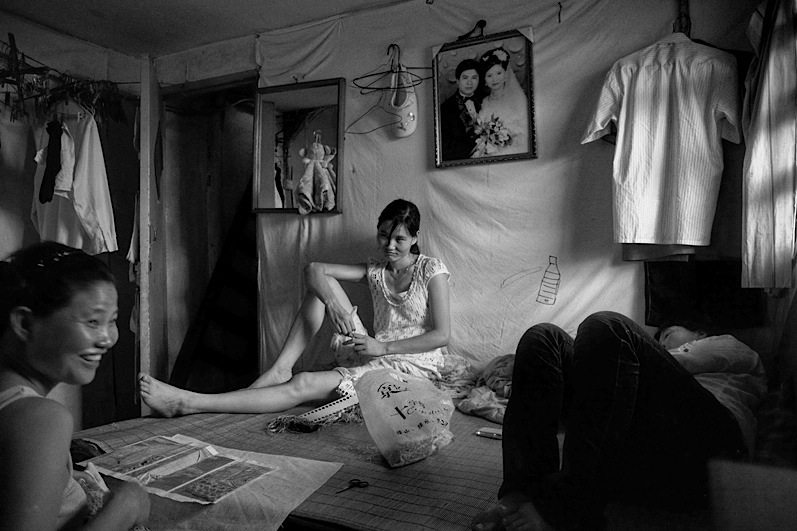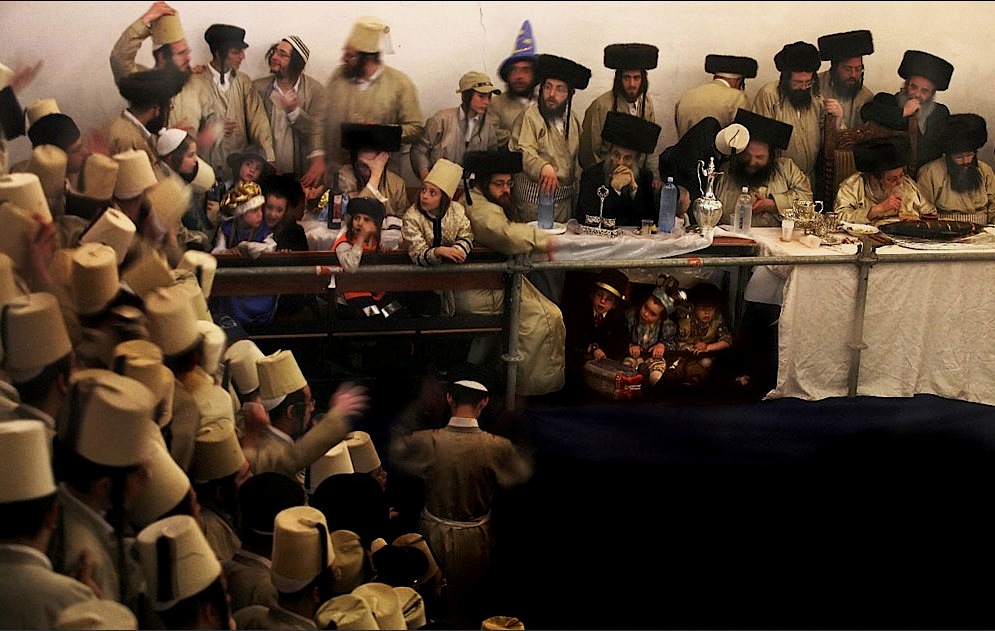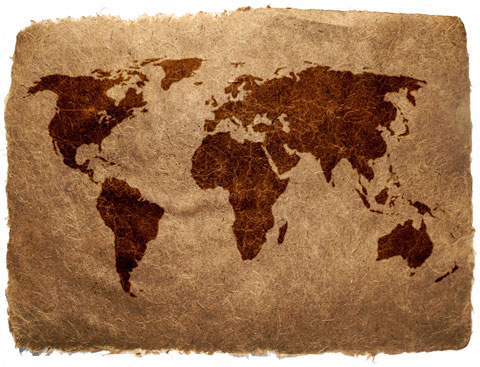Finally!
Someone came up with the timely idea to publish a photography blog titled the Greater Middle East Photo blog, with the commendable intent to provide space for photography from a region which is sadly under represented.
This new blog hopes to be a facilitator of great photos, great photographers, and great minds discussing photography from the greater Middle East. I hope so as well. The Middle East has been lagging behind in terms of photography, and this blog will perhaps be an added venue to showcase more of its talent.
The photograph above is by Manal Al Dowayan; a photographer who lived for most of her life in a semi-enclosed compound in Daharan in the Eastern Province of Saudi Arabia. Much of her work is about female identity in the conservative Muslim Middle East. The photograph above is titled "I am an educator", while the writing on the slate reads "ignorance is darkness" repeated many times. Her work is featured on the Greater Middle East Photo blog.
Note: My apologies for the shorter blog posts in the coming few days as I'm behind schedule in preparing my class material and presentations for the Foundry Photojournalism Workshop in Istanbul this coming week.




